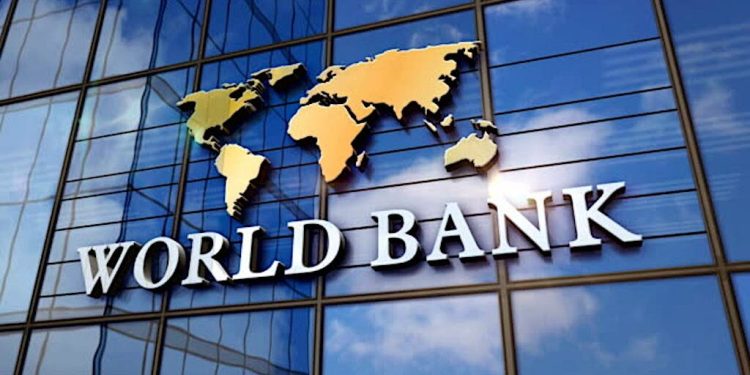A staggering 50 million people in West and Central Africa, including Ghana, are projected to face food insecurity during the lean season from June to August 2025, according to the World Bank’s Food Security Update February 2025. This alarming trend is attributed to conflicts and climate change, which continue to drive food insecurity in the region.
The update highlights that agricultural and export price indices have risen, with a 3% increase in agricultural prices and a 6% hike in export prices. Although international crop prices remain lower than last year’s levels, maize prices have reached a 15-month high due to supply limitations.
The situation is further exacerbated by rising coarse grain prices in countries along the Sahel and the Gulf of Guinea. In Mali, wholesale sorghum prices have increased by 10-25% compared to last year, while millet prices have surged by 15-45%. Similarly, in Burkina Faso, wholesale sorghum and millet prices have risen by up to 55%.
Globally, 281 million people experienced acute food insecurity in 2023, with humanitarian aid to food sectors declining by 30% compared to 2022. The World Bank’s latest Global Economic Prospects report warns of prolonged economic stagnation, with global growth projected to remain at 2.7% through 2026.
The report emphasizes that persistent challenges, including high inflation, mounting debt, and trade disruptions, are worsening food insecurity for the world’s most vulnerable populations. As the situation continues to deteriorate, urgent action is needed to address the root causes of food insecurity and ensure that millions of people in West and Central Africa have access to nutritious food.




